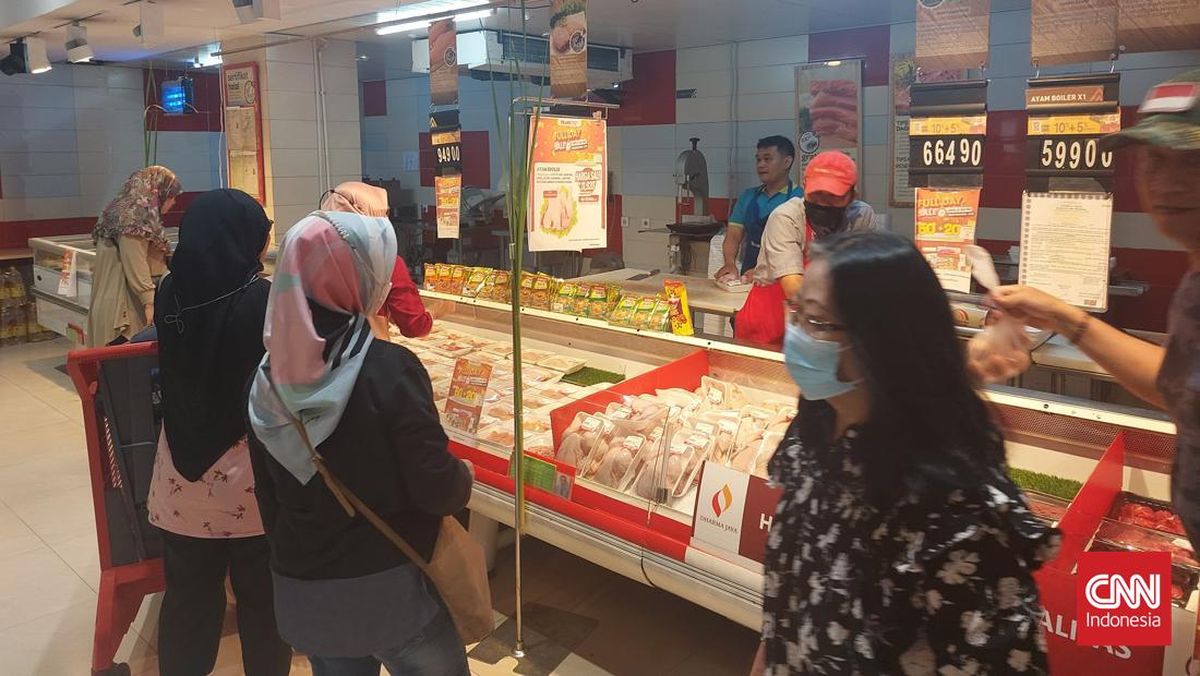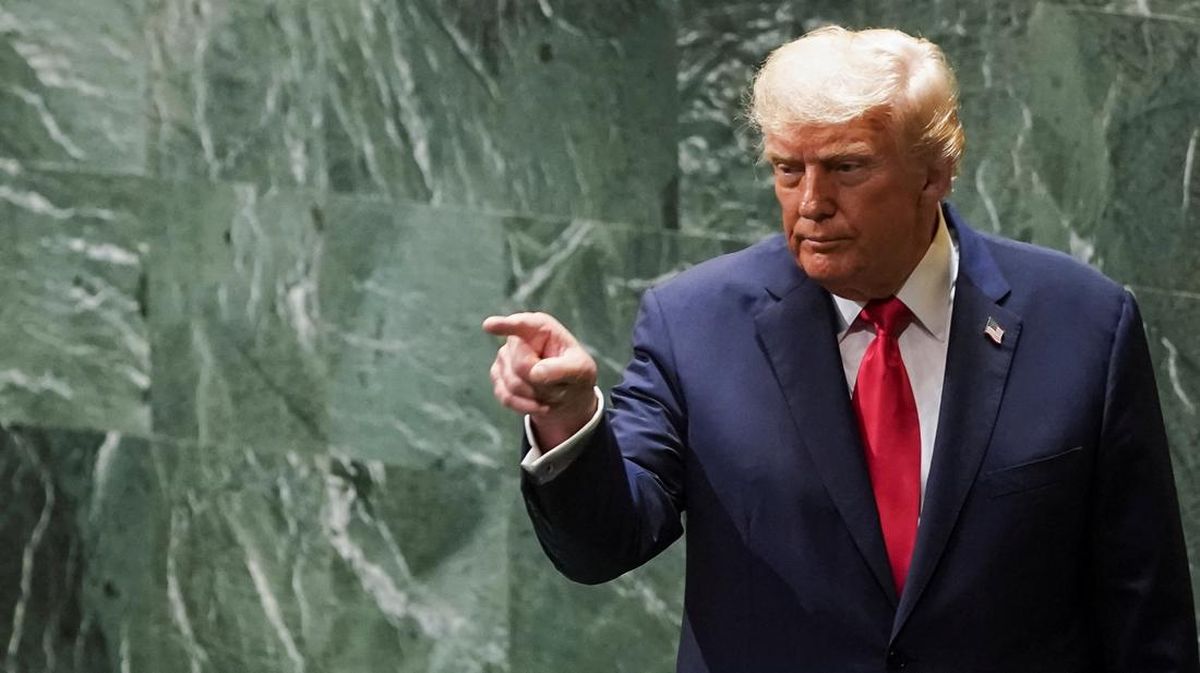Opinion
October 26, 2025 — 5.01am
October 26, 2025 — 5.01am
It was around this time last year, when my mind turned to Christmas shopping, that I began to notice something had changed.
Where a decade ago, the most common question shoppers faced when they found themselves at a register or checkout was if you planned to pay by cash or card, it’s now become if you’re a member of that store’s loyalty program.

During a cost of living crisis, the best way to save money is to shop around, which loyalty programs aim to prevent.Credit: Dionne Gain
What surprised me wasn’t the programs themselves, but rather just how widespread they’ve become recently. Now, it feels like every single store, selling absolutely anything and everything, has a rewards program.
In Australia, loyalty programs have become so ubiquitous that around 90 per cent of consumers are signed up to at least one program in 2025. The Qantas Frequent Flyer program, for example, boasts 16.4 million members, while the Velocity Frequent Flyer program (run by Virgin Australia), has roughly 12 million members.
Woolworths’ Everyday Rewards program has 9.8 million members, and 9.5 million Aussies are signed up for Flybuys (run by Coles/Wesfarmers).
According to the Australian Loyalty Association’s annual market report, these programs are also now seriously big business. Between 2020 and 2024, Australia’s loyalty market experienced a compound annual growth rate of 17.5 per cent, with the market worth $1.6 billion in 2024 alone. By 2029, it’s projected to hit $3 billion.
While I am someone who has always loved a bargain, I am extremely cautious when it comes to loyalty programs.
And with David Jones and Myer both announcing major overhauls to their loyalty programs and e-tail shopping behemoth The Iconic announcing its introduction of a reward program, this is something I’ve found myself thinking about a lot lately.
For its part, David Jones’ revamped program includes teaming up with Qantas to now allow customers to choose between earning either David Jones loyalty points or Qantas Frequent Flyer points on purchases.
Myer, meanwhile, announced their updated scheme will allow customers to reach higher reward statuses more easily, have access to in-store bonuses, be able to redeem points more regularly, and have more opportunities to earn double points. Myer has also teamed up with Virgin Australia’s loyalty program to allow shoppers to use Velocity points in-store.
Loading
While these changes are no doubt welcome to many, it’s worth considering, especially as we once again gear up to head into one of the most expensive times of the year, just how much value for money loyalty programs really offer us and what we’re giving up in exchange for the perceived perks.
Because while I am someone who has always loved a bargain, I am extremely cautious when it comes to loyalty programs.
The first reason for this is the fairly dismal return on investment that’s offered. When looking at the loyalty programs of our national supermarkets earlier this year, the Australian Competition and Consumer Commission found that to receive a discount of $10, Everyday Rewards or Flybuys shoppers first had to spend as much as $2,000.
That equates to a 0.5 per cent discount for every $1 spent. Of course, during a sustained cost of living crisis, every bit helps and it’s not nothing. But it’s pretty close.
The report also said that the increasing “gamification” of loyalty programs, where consumers are spurred on by in-store perks, collectibles or early access to items, is putting people at increasing risk of overspending.
Per the ACCC, when consumers “get closer to reaching loyalty program milestones, they may be more likely to speed up their consumption behaviours to attain these milestones. This may include increasing the frequency of their supermarket purchases to earn additional points, or becoming less likely to shop at competing retailers.”
Here, we arrive at perhaps the biggest reason for my wariness. It’s no secret that one of the easiest ways to save money is to shop around and compare prices.
Loyalty programs, as the name suggests, exist to keep you from straying to competitors that very well may offer the same item or service at a cheaper rate. This, combined with the subtle encouragement to overspend, puts people at serious risk of losing money in more ways than one.
Another growing issue is the risk these programs pose to our privacy. Where once they existed merely to keep us brand loyal and reward good consumer behaviour, they’ve now evolved to become hugely lucrative collections of consumer data.

Nearly nine out of ten customers have at least one loyalty card.
And sure, when a 20 per cent discount code is being dangled in front of you, handing over our name, home address, email, phone number and date of birth can very understandably feel like a good and logical decision.
But as we’ve seen with Qantas, Optus and a number of other Australian companies recently that have experienced major data breaches, our personal information is not always being looked after as well as it should be by those who so desperately want us to stay loyal to them.
When polled on the topic, Australians said their most common use of loyalty programs was to either get a discount or cashback offer when shopping (37 per cent), followed by redeeming gift cards (16 per cent) or using points towards flights and/or flight upgrades (16 per cent).
But tellingly, 21 per cent said they’ve never actually redeemed their points at all. That one in five people sign up to these programs with good intentions but either find themselves ineligible to use the rewards when they want to, or forgetting about it, highlights who these programs benefit the most.
Loading
As with all things in life, loyalty programs are not entirely bad or entirely good. If you have to spend money on essentials, why not tack on additional benefits where you can?
But at the very least, consumers deserve to have the terms and conditions clearly laid out in plain English, their data protected, easy access to rewards, and be able to avoid coercion into spending money like you’re playing The Sims and not living in real life.
If those things aren’t happening, and you’ve found yourself in a relationship where you are consistently giving more than the other party, and they are disregarding that loyalty, you have two choices: demand change or end things. It’s that simple.
Victoria Devine is an award-winning retired financial adviser, a bestselling author and host of Australia’s No.1 finance podcast, She’s on the Money. She is also founder and director of Zella Money.
- Advice given in this article is general in nature and is not intended to influence readers’ decisions about investing or financial products. They should always seek their own professional advice that takes into account their personal circumstances before making any financial decisions.
Expert tips on how to save, invest and make the most of your money delivered to your inbox every Sunday. Sign up for our Real Money newsletter.
Most Viewed in Money
Loading


















































